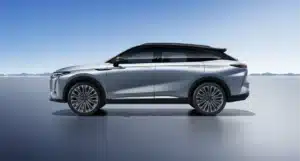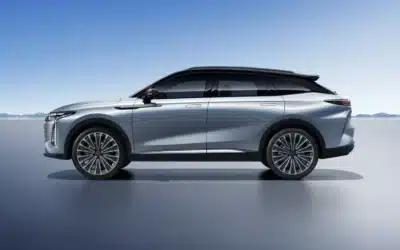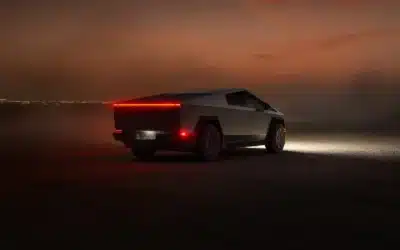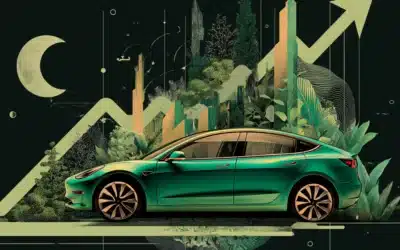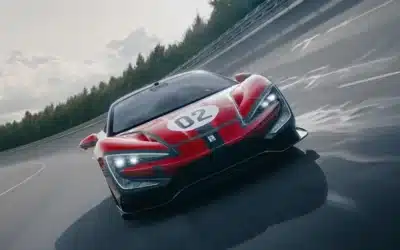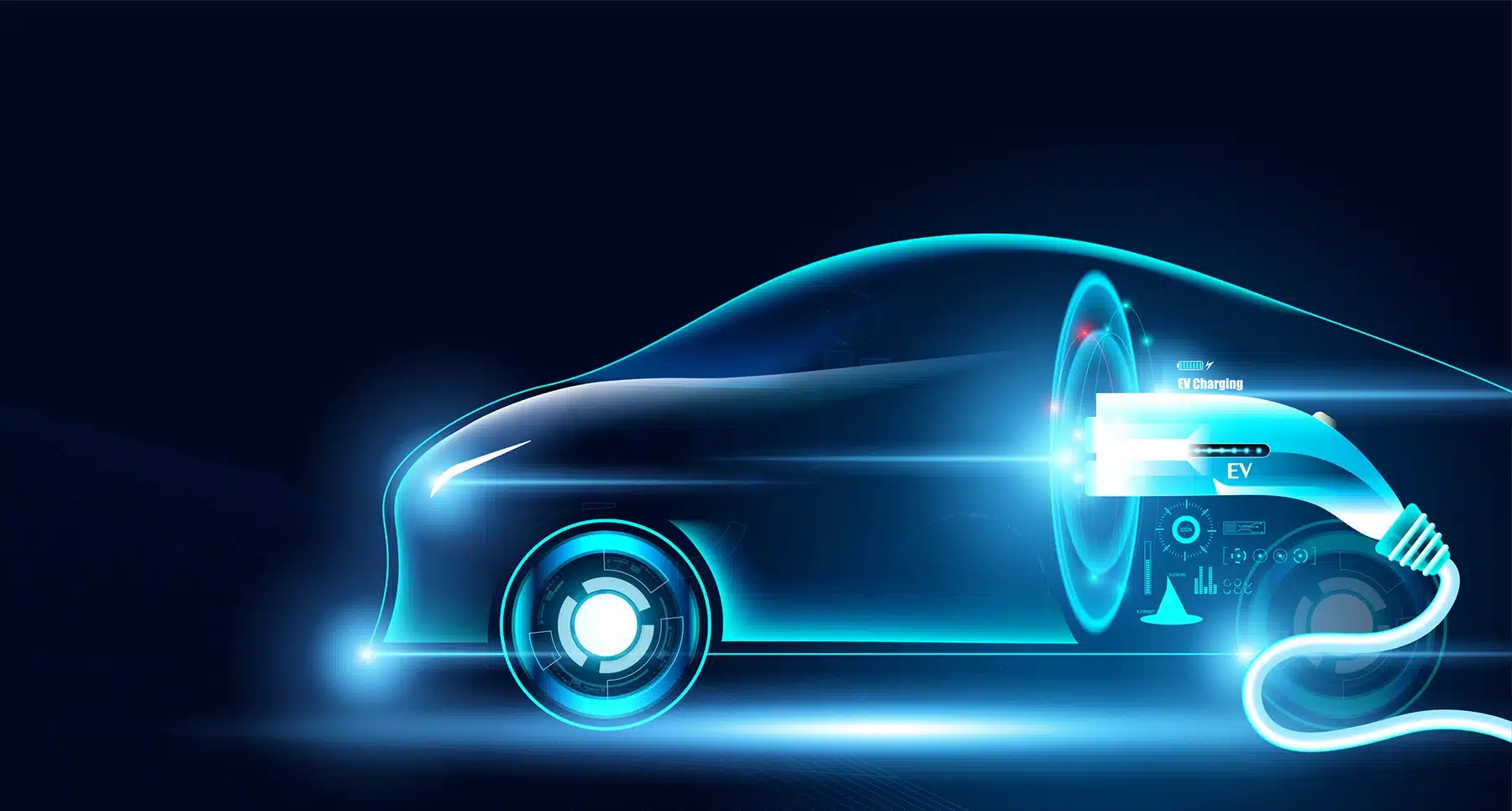
Where do electric cars get their energy from, how do they store it and why are they particularly good at converting energy into momentum?
Energy efficiencies
One of the greatest benefits of the electric car (EV) is the energy efficiency – which relates to how much of the energy inputted into a vehicle converts into actual motive power. In the case of EVs, that can be as much as 80%.
Astonishingly, traditional Internal Combustion Engine cars (ICE) are usually less than 20% efficient. That sounds dreadful. What happens to the rest of the energy from the fuel?
A huge portion of energy seepage is through heat from the exhaust system and emanating from the engine block itself. There’s also energy lost from the friction of moving parts within the car. The car left idling when not actually moving, such as during traffic light stops, also adds to the wastage. Finally, the engine is not always operating at optimal efficiency, particularly when accelerating or driving at high speeds on motorways.
Only a small percentage of energy stored in fuel actually ends up turning the wheels when it comes to ICE cars.
On the other hand, the reverse is true for electric cars, which can convert up to 80% of energy, directly into motion.
Electric motors are better at transmitting energy to driven wheels, they don’t waste energy when waiting at traffic lights, despite technically being ‘switched on’, and no energy is used until the car moves.
Modern EVs are also specifically designed and developed for efficiency; from the aerodynamic exterior that cuts down on air drag, low rolling resistance tyres, to employing lighter materials in construction (so as to compensate for the added battery weight).
Finally, a clever trick employed by electric cars is the ability to recover energy during slowing and stopping, thanks to ‘regenerative braking’. Braking partially or fully, can use the electric motor itself to slow the car, rather than the conventional braking applied to the wheels. This not only substantially reduces energy lost through braking friction but incidentally also reduces particulate brake dust emissions.
During regenerative braking, the electric motor acts as a generator during slowing and is able to convert kinetic energy back into electrical energy, which is then stored in the battery. Yes, you understood that correctly. The act of slowing and braking an electric car can actually recharge the batteries!
How do Batteries Store Energy?
The batteries themselves use a series of chemical reactions to store energy. Made up of a collection of cells, each holds a positive electrode, a negative electrode and an electrolyte. During charging, lithium ions move from the positive to negative electrode, where they are stored. As you drain energy from the battery, the process is reversed.
How much energy can be stored in the battery relates to its capacity and the materials used within. Battery technology is constantly improving though, as manufacturers strive to address range anxiety and improve how quickly electric vehicles can be charged.
Where does the energy come from?
It’s frequently claimed that electric cars don’t entirely resolve the problem of polluting the atmosphere and creating carbon emissions, they simply transfer them to the power stations. Similarly, it could be argued that the energy efficiency of power stations themselves should also be brought into the equation.
In general, most power stations have an energy conversion efficiency rate of between 33% and 50%.
It’s the power stations that use fossil fuels (coal, natural gas and oil) that are the least efficient due to the burning of fuel, loss of heat and physical infrastructure and machinery involved.
However, those using renewable energy sources, such as solar, wind and hydroelectric power tend to be more efficient. In fact, hydroelectric power plants have been found to be up to 90% energy efficient.
It’s worth noting that combined-cycle gas turbine power stations can achieve as much as 60% efficiency, while nuclear power plants manage around 40% efficiency.
In the United Arab Emirates, electricity generation is in the process of transitioning from gas power plants to renewables and nuclear. By 2050 the UAE aims to generate 50% of its electricity from renewable sources (44%) and nuclear power (6%). Currently it already operates three nuclear power reactors and boasts three of the largest solar power plants in the world.
For example, in Dubai, a 4000-acre solar power facility, the biggest in the Middle East, is expected to generate enough energy to power 800,000 homes by 2030.
Additionally, the UAE is constructing a huge hydroelectric power plant at the Hatta Dam, the first of its kind in the GCC region. With an intended lifespan of 80 years, the 250MW station will generate electricity through waterfall from an upper reservoir via a 1.2km subterranean water canal. Due to go into operation by the end of 2024, it will boast an efficiency rating of 78.9%.
Interestingly enough, that will virtually equal the energy efficiency of an EV!

